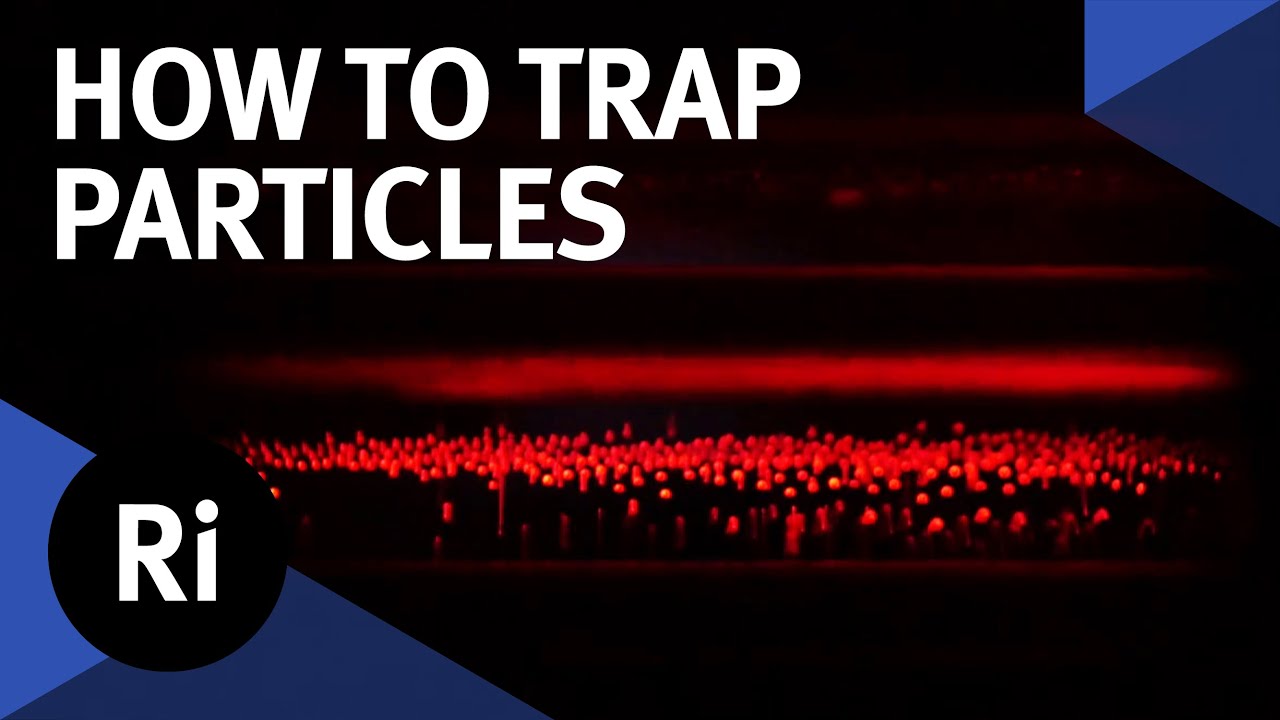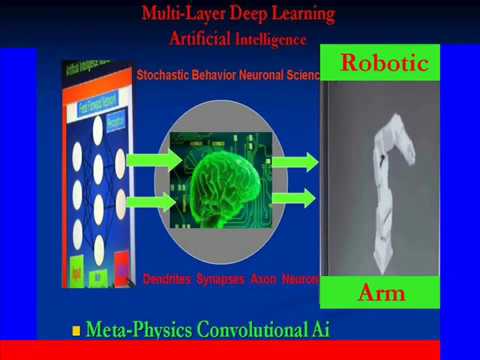The Royal Institution
In particle accelerators, beams of particles are focused and fired forward at almost the speed of light. But how are those particles controlled? With the help of two visual demonstrations, Suzie Sheehy explains.
Subscribe for regular science videos: http://bit.ly/RiSubscRibe
Watch Suzie’s lecture on her research and the future of particle accelerators: https://youtu.be/jLmciZdh5j4
And watch our film on how to power a particle accelerator: https://youtu.be/-F9EqYLQKYI
Keeping a handle on particles is key to the huge range of applications particle accelerators have. The machines accelerate beams of particles using electric and magnetic fields. Suzie uses a ‘Paul trap’ to show how rapidly oscillating currents are used to keep particles on track. A ball on the saddle apparatus is kept in the centre by the rising sides. But that only controls the ball in one direction, meaning it can drop off. Magnetic or electric fields are similar, and can only direct particles in one plane at a time. When the kit begins to spin, though, the alternating position of the rising sides means the ball is contained in the center. This has the same effect that quadrupole magnets in an accelerator have, constantly alternating gradients to keep particles in line.
Using a more sophisticated setup, a quadrupole linear Paul trap, pollen grains can be held in place in a beam just as particles in an accelerator would be. Oscillating fields established across rods on opposite corners of the system keep the pollen particles trapped. Without the rapidly changing fields, the particles would just shoot off in one direction; it’s the changes that keep them from escaping in one or the other direction.
These simple analogies show how particle accelerators guide particles into focused beams, to be harnessed for a huge range of applications.
This video is supported by the Science and Technology Facilities Council.
The Ri is on Twitter: http://twitter.com/ri_science
and Facebook: http://www.facebook.com/royalinstitution
and Tumblr: http://ri-science.tumblr.com/
Our editorial policy: http://www.rigb.org/home/editorial-policy
Subscribe for the latest science videos: http://bit.ly/RiNewsletter
Source




Can't it escape with quantum tunnelling?
She does such a good job of explaining things in plain English. She would make.for an excellent science communicator.
that was really cool!
This was cool and a good demonstration, thanks!
Great video! that was surreal!
Is there a limit to how many particles can be trapped?
You mentioned electric and magnetic, but As usual You forgot to mention the most important “the Gravity” in your demonstration. This is like forgetting the thread which hold the fabric in your dress by a tailor. This is understandable by me because I know mankind has no understanding of gravity interaction with matter. If you did you would have realised that now you would be standing with peaces of cloth by your feet, instead of a dress on you. I only comment on understanding that person presenting their work are interested to know more about the work they do. Even if it is not known to them. MG1
Who else saw the same demonstration done in London, at the royal institution (there was an exposition) in the beginning of july?
very interesting! and cute!
could a modified version of this be used to control the position of idividual particules in 3D space ?
Magnets, the wichcraft of our modern life!
Not enough women in STEM!
Why do you allow yourself to be paid less than a male counterpart?
I just use a jam jar to catch them. Oh wait, that's spiders. As you were.
More like this please!
I just love Suzie. Great presenter, great scientist! Would love to see more of her.
Really nice!
Is it possible to use this same principle to cool things? Because, I understand that temperature is related to particle movement, if you limit its movement (in xyz), your are removing heat. Is it possible?
Another delightful video. Many compliments Suzie.
3:55 It sure was a beautiful demonstration 😉
Why can you not just have a constant field on each side? Surely then it sits at the point of equal repulsion
So I just saw the muon particle experiment… and was wondering what happens if we can trap those particles and wait for muons to hit them? would we be able to do more with the indirect result? https://www.youtube.com/watch?v=t74cGc6E6F8
Does Paul Trap have anything to do with "resonance"?
I wish I had seen this BEFORE watching Dr Sheehy's lecture.
Fascinating! Thank you.
so cool
Hmmm…yes…yes…I know some of those words.
This has to be the same technique used for gathering antimatter. My question is why is antimatter so hard to produce? Is it simply the probability per particle to become an antiparticle is so low we cannot gather enough fast enough to make meaningful amounts? By meaningful I mean useful in ways like space travel and propulsion.
Nice video!
But at 1:06 : "you can't focus a beam of particles in both directions with either a static electric OR magnetic field".
With a static electric AND magnetic field you can confine both positive and negative particles .. anyway according my computer simulation. (see SEM fusor)
how to gain power from charged particle to use appliances?
Nice, clear, to the point. A four year old can understand this explanation. I was having a hard time understanding the magnetic and electrical forces behind in a quadruple, and didn't find a clear explanation until I found Suzie. My department just got three instruments with mass spectrographs detectors on them (ICPMS, GCMS, and LCMS), and I am in a crunch to understand how they work to isolate and move the positive ion. Thanks Suzie!!
Befowe they've been bewt
That is absolutely amazing! Thank you!
wonderful breakdown, thanks guys!
you have a very pleasant voice!
Smart and beautiful girl! <3
that is legit